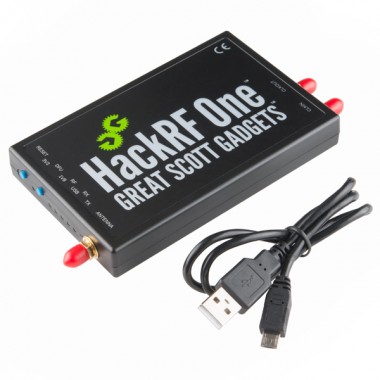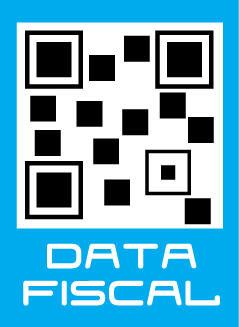Productos
HackRF One

Radio Definida por Software (SDR), funciona como transmisor o receptor de señales de radio desde 1MHz hasta 6GHz. No incluye antena.
COD: SFWRL13001
Peso: 0.272 Kg
Disponibilidad: Sin Stock
ARS 2721660.03
El producto no está disponible para la venta en este momento
Características
This is the HackRF One, a Software Defined Radio (SDR) peripheral capable of transmission or reception of radio signals from 1MHz to 6GHz. Designed to enable test and development of modern and next generation radio technologies, HackRF One is an open source hardware platform that can be used as a USB peripheral or programmed for stand-alone operation.
If you are wondering what a SDR actually is, it’s OK we can help. A Software Defined Radio is essentially a radio communication device that implements the use of software instead of the typically implemented hardware (these would include mixers, amps, and modulators for example). SDR is the application of Digital Signal Processing to radio waveforms. It is similar to the software-based digital audio techniques that became popular a couple of decades ago. Just as a sound card in a computer digitizes audio waveforms, a software radio peripheral digitizes radio waveforms. It’s like a very fast sound card with the speaker and microphone replaced by an antenna. The HackRF One acts in just this way, an all-in-one SDR in a small enclosure a little bigger than a cell phone.
Every HackRF One is protected by an injection molded plastic enclosure and ships with a micro USB cable.
Includes:
- 1x HackRF One
- 1x micro USB Cable
Features:
- 1 MHz to 6 GHz operating frequency
- Half-duplex transceiver
- Up to 20 million samples per second
- 8-bit quadrature samples (8-bit I and 8-bit Q)
- Compatible with GNU Radio, SDR#, and more
- Software-configurable RX and TX gain and baseband filter
- Software-controlled antenna port power (50 mA at 3.3 V)
- SMA female antenna connector
- SMA female clock input and output for synchronization
- Convenient buttons for programming
- Internal pin headers for expansion
- Hi-Speed USB 2.0
- USB-powered
- Open source hardware
Documents:





